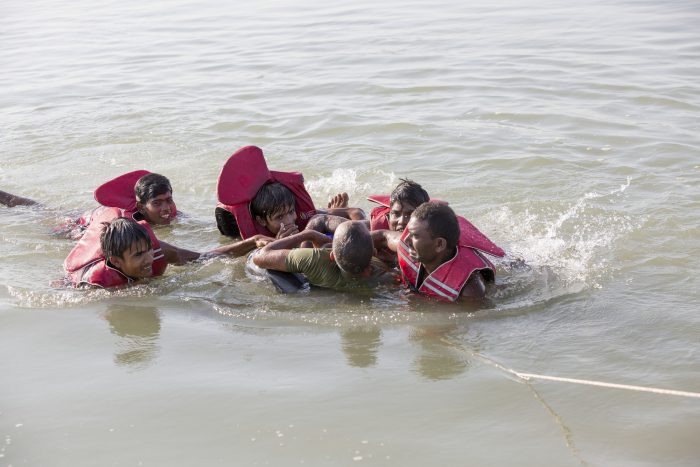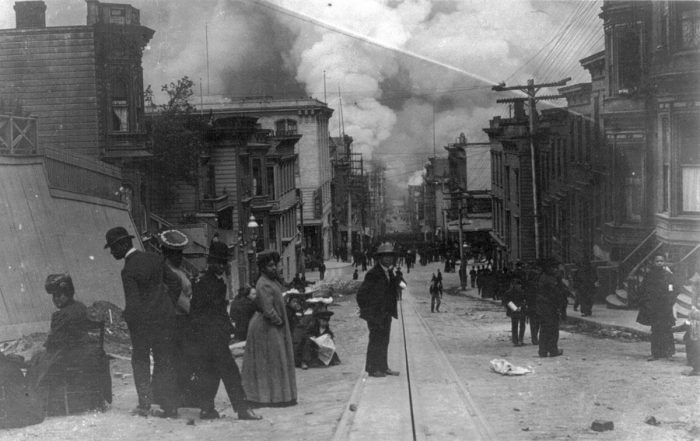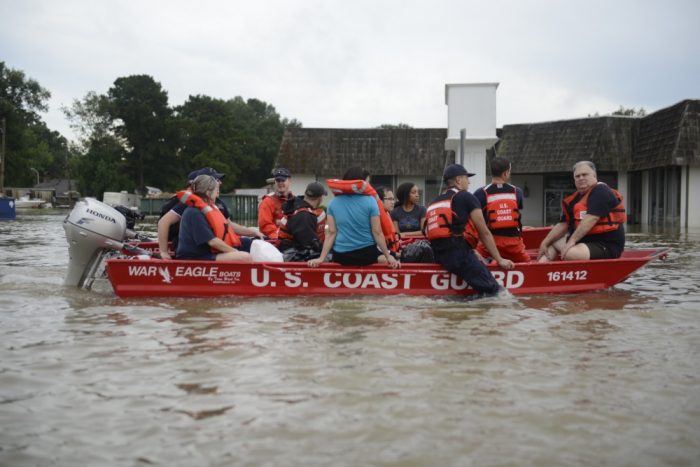Preparing for the Next Flood on the India-Nepal Border
What I remember most about the area on the border between India and Nepal was the heat – perhaps not surprising in the middle of summer – right before the onset of the monsoon rains brought a bit of relief. The heat radiated off the rocks we walked along, rocks that in just a few […]


What I remember most about the area on the border between India and Nepal was the heat – perhaps not surprising in the middle of summer – right before the onset of the monsoon rains brought a bit of relief. The heat radiated off the rocks we walked along, rocks that in just a few more weeks would be covered by water, coming so fast and so high that you wouldn’t be able to see the rocks at all.
I was one of the first visitors from Lutheran World Relief to a new initiative on the Gandak/Narayani and Koshi river basins called the Transboundary Resilience Project. We were exploring a new concept of cross-border programming to try and reduce the vulnerability of villages along the river to recurring flooding. The more we studied the pace and path of the floods during the monsoon season, the more convinced we became that existing notification plans and structures between the national governments of Nepal and India were not as effective as they could be, and in fact, oftentimes lagged behind the rushing waters of the floods. While we continued to engage with the government and support their efforts at early warning systems, rainwater monitoring and flood gauges, we also began working with local partners in both Nepal and India to bring together communities across the border to establish their own systems of notification and communication.

In a flood, every minute counts. Reducing the notification delay from 48 to 24 hours means families have more time to relocate livestock, pack vital items from their homes, and ensure that everyone evacuates with enough time to reach higher ground. We were able to achieve this 50 percent reduction over the course of our project — even reaching as low as 15 hours in some cases — and combined it with trainings on search and rescue, first aid, and preparedness. Communities established phone trees upstream and downstream, many of whom were meeting their neighboring villages for the first time.
Working across the border was a novel concept as well. One of the border guards from Nepal remarked that, prior to our project, he had never met his Indian counterparts and only observed their movements from his duty station. Not only were communities collaborating together across the border, but now so were those charged with defending their country’s national interest. The guards helped facilitate cross-border meetings and movement of villagers and local staff to ensure clear communication and facilitation of flood drills.
The most recent monsoon season provided a test of the early warning system. In August 2017, Nepal and India experienced the worst rains in 15 years, resulting in severe flooding and numerous fatalities in river basin communities. However, the passing of information from upstream to downstream communities through SMS messages, including communication between communities across the border, contributed to the prevention of deaths and property damage. Communities in the project area reported only one loss of life.
While one aspect of the project was to help communities prepare for floods, we have also addressed what communities could do to become more resilient to flooding. We looked at household savings for emergencies, adaptations necessary to sustain livelihoods and insurance programs to help families recover assets. And we partnered with Yale University to try and assess a “score” at the community level to help benchmark whether or not they were gaining ground with each successive monsoon period.
With support of the Global Resilience Partnership and the Z Zurich Foundation, the Transboundary Resilience Project is reaching more than 70,000 people in 178 villages in India and Nepal. While continuing to build on the successes to date, we’ve expanded the scope of the project to include more dialogue and regional sharing about our transboundary approach. We’re working with the Asian Disaster Preparedness Center to look at how we integrate what works best in our programs into national plans and regional forums. Our hope is that other communities and local and national governments can learn from our model and customize it for their needs, to expand the reach and improve the lives and futures of people living in areas susceptible to floods.
The Center for Disaster Philanthropy worked with Lutheran World Relief to respond to Columbia Mocoa flooding.
More like this

How Black History Has Influenced Disaster Planning

